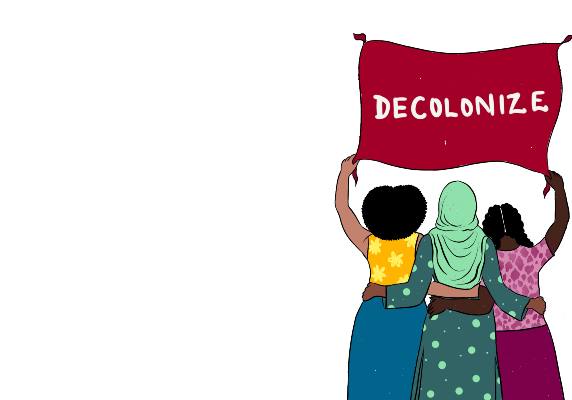What do the government’s departmental plans tell us about the SDGs?
First a warning, this blog is going to be a bit acronym heavy… we’re talking about the UK government’s Single Departmental Plans (aka SDPs) and how those plans relate to the Sustainable Development Goals (aka SDGs).
The SDGs are a progressive framework of 17 goals and 169 targets which all countries signed up to in 2015. The Goals cover issues such as ending poverty to gender equality, tackling climate change, peace and justice and environmental sustainability. If successfully implemented by governments, private sector, civil society, and other stakeholders, then the world really will be a better place by 2030.
Single Departmental Plans
The UK government is committed to delivering the SDGs and has reinforced this in various fora, including in response to parliamentary inquires where they stated that the SDPs will be where they lay out their response to the SDGs and how they will be delivered.
Single departmental plans set out how each department is fulfilling the government’s commitments. There are different versions of these plans, one that is publically available and one that is not. So, it was with much anticipation that the Bond SDG Group and others waited to see what the SDPs said about the SDGs… with me so far?
Subscribe to our newsletter
Our weekly email newsletter, Network News, is an indispensable weekly digest of the latest updates on funding, jobs, resources, news and learning opportunities in the international development sector.
Get Network NewsThe Single Departmental Plans were released in December 2017 and the Cabinet Office also published its corporate report “Implementing the Sustainable Development Goals” which aims to show the links between SDGs and SDPs.
The good bits
- It is positive that the Cabinet Office report and webpage exists and has the intention of linking SDGs to SDPs.
- It is positive that the UK government restated its commitments to the delivering the SDGs: “The UK is committed to the delivery of the Sustainable Development Goals”. We agree that, if done in sufficient detail, embedding the goals into departmental plans is important.
- It is also encouraging to see DFID making specific references to its commitment to delivering the SDGs in its SDP and including references to “Leave No One Behind”.
The “not so good” bits
- Only DFID and HMRC’s Single Departmental Plans refer to the SDGs. So if you are looking across the plans for references to the Goals, they are largely absent. This raises questions about whether departments understand the SDGs and their commitments to deliver them, and whether they have a sense of ownership towards the SDGs.
- There is no way to assess if the SDGs are “on track”. There are no baselines or assessments of the status of different goals and targets, so it is unclear how the government plans to track progress against their delivery.
- The SDPs do not amount to a specific plan to deliver the SDGs. There are no links between specific actions in the SDPs and the goals and targets they intend to deliver against. This makes the SDPs unviable as a national implementation plan.
- Gaps in SDG delivery: The Cabinet Office report does not look comprehensively at what the government plans to do to deliver each of the 17 goals and the associated targets, making it impossible to tell what the government’s plans are to deliver the SDGs.
- Misaligned SDG targets: Many SDG targets are not covered in the Cabinet Office report. Take for example Goal 12 to “Ensure sustainable consumption and production patterns”. The government offers two ways that it will deliver on the goal but these are to do with energy, and oil and gas infrastructure, which are more appropriate deliverables under SDG 7 on Affordable and Clean Energy. And yet the report makes no link to any of the eight SDG targets that comprise Goal 12.
So what next?
The government’s intention to make its plan for delivering the SDGs is of course welcome, but the current SDPs and accompanying Cabinet Office report are not sufficient. If the government wants to use the SDPs to demonstrate how it is implementing the SDGs, it needs to make substantial changes and increase its ambitions. This could be done by providing a commentary next to each SDP objective that describes which SDG goal and target it is contributing to. Otherwise it is difficult to see how government officials, ministers, or the public can know whether the SDGs are actually being delivered on by the UK government.
Read other news and opinion on the SDGs in our SDGs hub.
Category
News & Views



